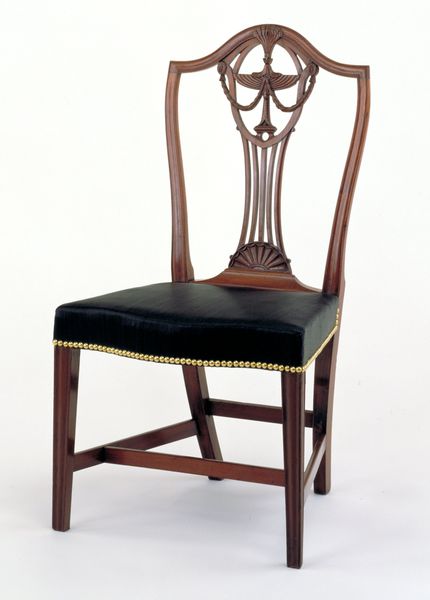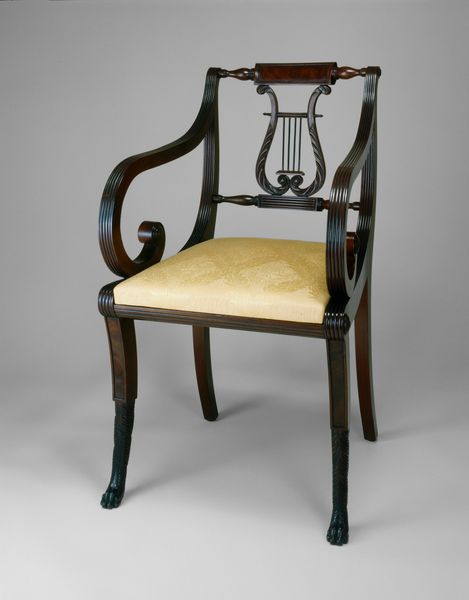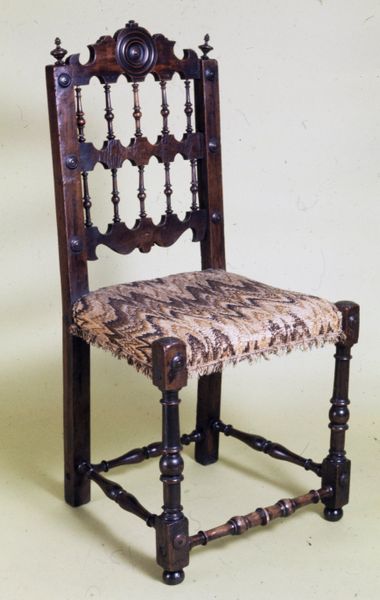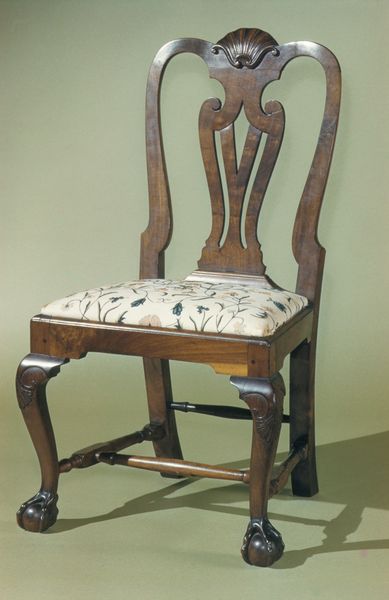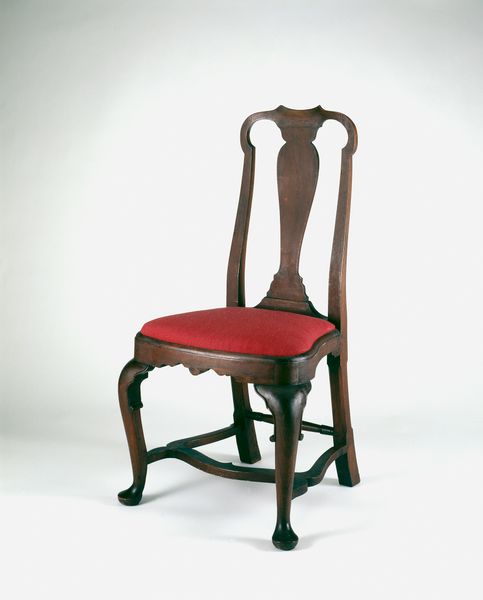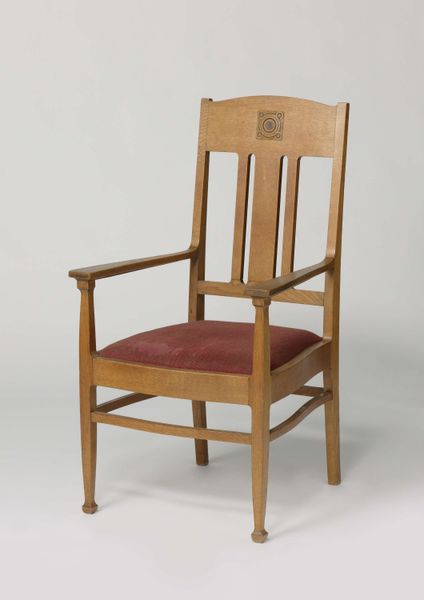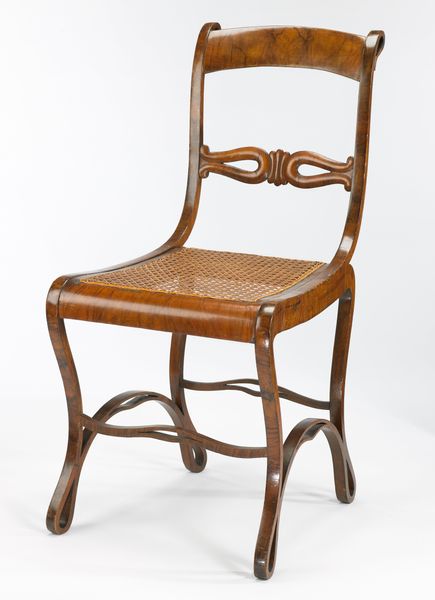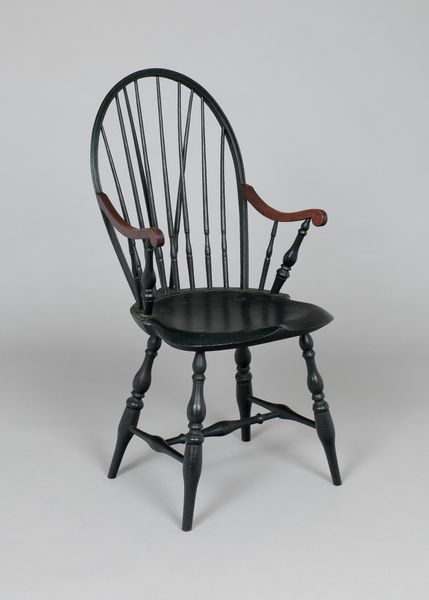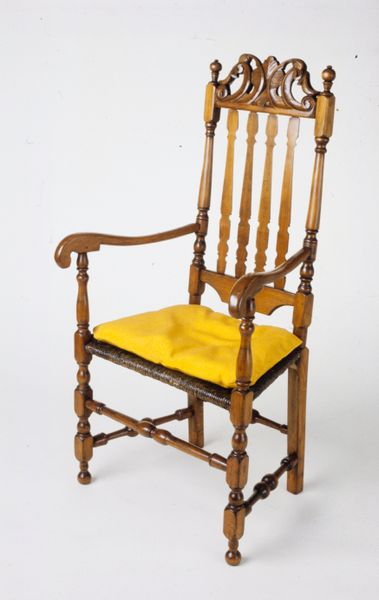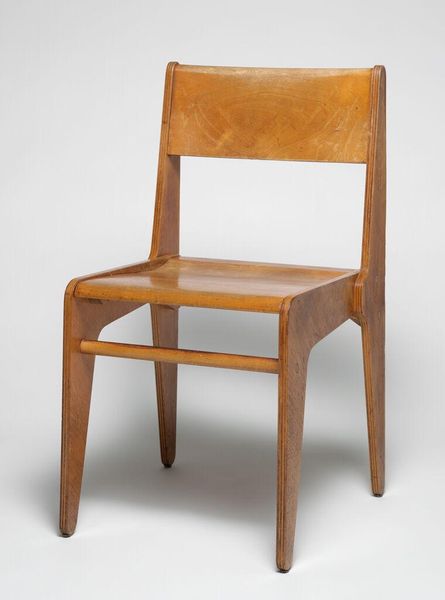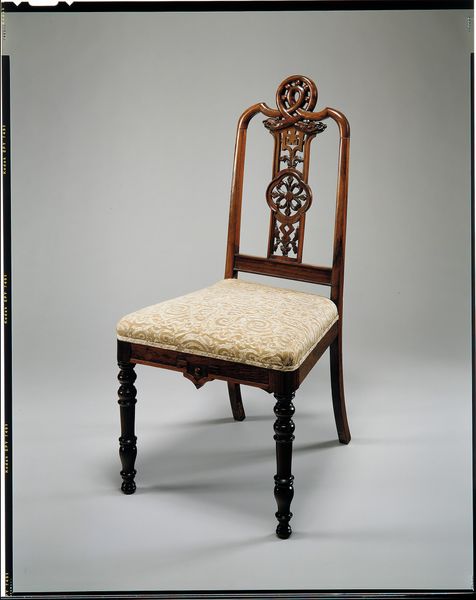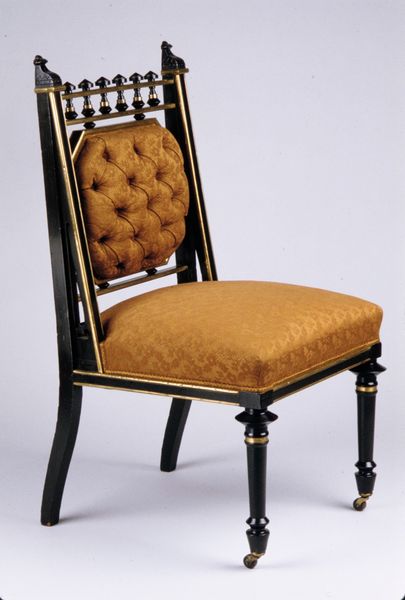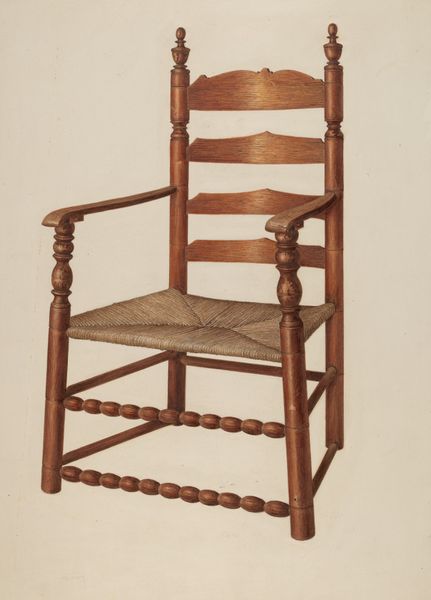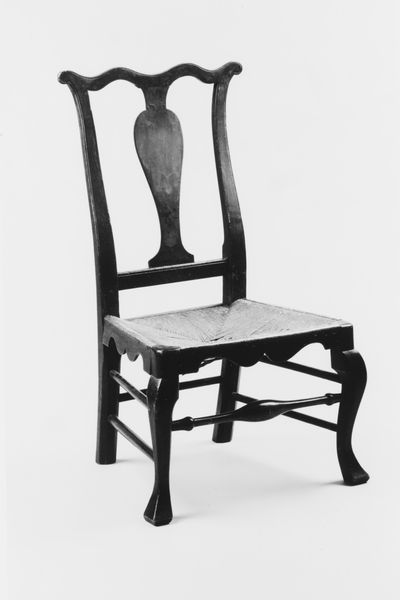
Dimensions: Extreme H.: 176.3 cm (69-/16 in.); L. of pillar:165.7 cm (65-1/4 in.); Soundboard: resonating L.: 132.8 cm (52-5/16 in.); greatest W.: 39 cm (15-5/16 in.); Strings:sounding L.: longest: 155.7 cm (61-5/16 in.), shortest: 6.5 cm (2-7/16 in.); [if correct string?]: c2 30.5 cm (12 in.)
Copyright: Public Domain
This Pedal Harp was crafted by Erard et Cie between 1883 and 1903, using a range of materials including maple, spruce, and brass. What makes this piece so compelling is its combination of functional design and decorative excess. Look closely at the intricate carvings along the pillar and the gilded details. These were not merely aesthetic choices. The harp exemplifies how instruments became showcases for elaborate craftsmanship, reflecting a desire for luxury and status in a rapidly industrializing world. The materials, from the carefully selected woods to the precision-engineered metalwork, speak to a high level of skill and artistry. Consider the labor involved in creating such an object, from the initial shaping of the wood to the delicate stringing. By examining the materials, making, and context, we can appreciate this harp as a cultural artifact that transcends the traditional boundaries between fine art and craft.
Comments
No comments
Be the first to comment and join the conversation on the ultimate creative platform.
